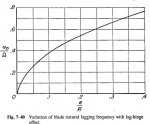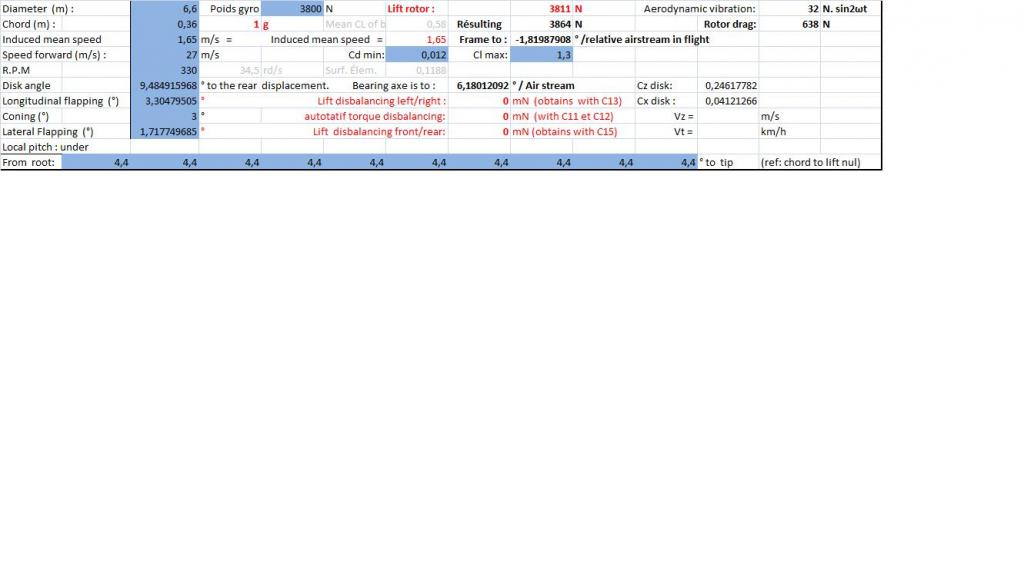A very common misconception is that more blades permit a smaller rotor diameter. Not so.
The power required to produce lift, i.e., to change the momentum of the oncoming air depends only upon disc loading. That’s known as induced power and it varies as 1/airspeed.
The power required to drag the rotor blades through the air, profile power, depends upon tip speed, which in turn is directly related to blade area. Tip speed varies as the square root of blade area.
It makes little difference how blade area is achieved; wider chord or more blades. Increasing the chord of seesaw rotors exacerbates the vibration problems.
Scissors motion is only the tip of the iceberg with crisscrossed seesaw rotors. Adding the mass of a second rotor at the center of a single seesaw rotor will always tune the resonant frequency to near 1/rev and ensure large excursions during forward flight (a rotor is a vibrating reed). Blades or hub will ultimately fail.
A possible solution might be teeter bearings that are stiff radially but soft axially and in torsion. The axial compliance might offer sufficient isolation to keep inplane resonance above 1/rev. Sounds like a laminated metal/rubber bushing but not something to be designed “by guess and by gosh.”
The power required to produce lift, i.e., to change the momentum of the oncoming air depends only upon disc loading. That’s known as induced power and it varies as 1/airspeed.
The power required to drag the rotor blades through the air, profile power, depends upon tip speed, which in turn is directly related to blade area. Tip speed varies as the square root of blade area.
It makes little difference how blade area is achieved; wider chord or more blades. Increasing the chord of seesaw rotors exacerbates the vibration problems.
Scissors motion is only the tip of the iceberg with crisscrossed seesaw rotors. Adding the mass of a second rotor at the center of a single seesaw rotor will always tune the resonant frequency to near 1/rev and ensure large excursions during forward flight (a rotor is a vibrating reed). Blades or hub will ultimately fail.
A possible solution might be teeter bearings that are stiff radially but soft axially and in torsion. The axial compliance might offer sufficient isolation to keep inplane resonance above 1/rev. Sounds like a laminated metal/rubber bushing but not something to be designed “by guess and by gosh.”


